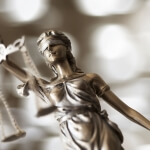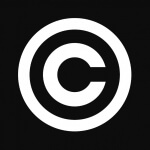From Sony to SOPA
Copyright law, which is intended to provide creative rights and financial protection to content creators
- Sep 10, 2016
- by Entro Themes
Abstract
Copyright law, which is intended to provide creative rights and financial protection to content creators, has been challenged by technology innovators whose products have the potential to promote free speech, but could also be used to infringe on or facilitate infringement of existing copyright. From the invention of the printing press, technological innovations in communication have been accompanied by concerns for how the technology impacts copyright protections. The advent of the Internet and electronic devices spurred unprecedented accessibility and connectivity of information and ideas, while courts, regulators, and legal scholars in the United States sought to clarify how copyright law applied to these technologies.
This case reviews the recent history of copyright law and explores the conflict between three stakeholders in intellectual property law: copyright holders, technology producers, and legislative enforcers. Beginning with the decision of Sony v. Universal Studios (known colloquially as the “Betamax case”) in 1984 and culminating with the Stop Online Piracy Act (SOPA) in 2011, the legal precedents for intellectual property have yet to mutually satisfy copyright holders and technology producers.
Addressing the Digital Millenium Copyright Act as well as peer-to-peer, torrenting, and other file sharing platforms, this case provides an overview of the touchstone technology and the verdicts associated with these products. This background note prepares students to analyze the 2011 SOPA legislation and discuss its repercussions for copyright law and technological innovation. During class discussions, students analyze the SOPA legislation and articulate their opinions on how it would impact various stakeholder groups. Students then work in groups to amend the legislation with the goal of creating a bill more likely to be signed into law.
Learning Objectives
- Understand the regulatory precedents of technological copyright law and assess the distinction between infringing and non-infringing use.
- Identify a systematic approach to problem solving when faced with an unresolved issue or new situation.
- Understand the points of view of various stakeholder groups, and discuss how best to balance the rights and responsibilities of copyright holders, technology producers, consumers, and government enforcers.
- Analyze the repercussions of innovation and creativity on the durability of legal precedent, and discuss the options for crafting enduring copyright standards and innovation safe harbors in an ever-changing technological field.
Subjects Covered
Copyright, Cyberlaw, Government Law, Intellectual Property




